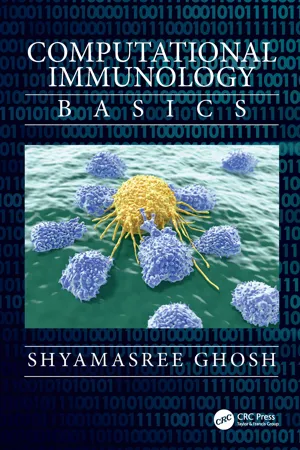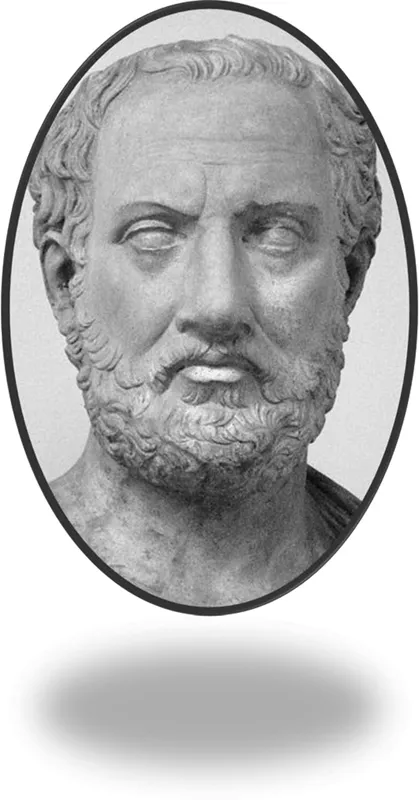
- 312 pages
- English
- ePUB (mobile friendly)
- Available on iOS & Android
About this book
The immune system is highly complex system with large number of macromolecules, signaling pathways, protein-protein interactions, and gene expressions. Studies from genomics, transcriptomics, metabolomics are generating huge high throughput data that needs to be analyzed for understanding the Immune system in Health and Disease. Computational approaches arehelping in understanding the study of complex biology of immunology and thereby enabling design of therapeutic strategies in diseases like infectious diseases, immunodeficiency, allergic, hypersensitive, autoimmune disorders and diseases like Cancer, HIV etc.
Computational Immunology: Basics highlights the basics of the immune system and function in health and disease.
This book offers comprehensive coverage of the most essential topics, including
- Overview of Immunology and computational Immunology
- Immune organs and cells, antigen, antibody, B, cell, T cell
- Antigen Processing and presentation
- Diseases due to abnormalities of the immune system
- Cancer Biology
Shyamasree Ghosh (MSc, PhD, PGDHE, PGDBI), is currently working in the School of Biological Sciences, National Institute of Science Education and Research (NISER), Bhubaneswar, DAE, Govt of India, graduated from the prestigious Presidency College Kolkata in 1998. She was awarded the prestigious National Scholarship from the Government of India. She has worked and published extensively in glycobiology, sialic acids, immunology, stem cells and nanotechnology. She has authored several publications that include books and encyclopedia chapters in reputed journals and books.
Frequently asked questions
- Essential is ideal for learners and professionals who enjoy exploring a wide range of subjects. Access the Essential Library with 800,000+ trusted titles and best-sellers across business, personal growth, and the humanities. Includes unlimited reading time and Standard Read Aloud voice.
- Complete: Perfect for advanced learners and researchers needing full, unrestricted access. Unlock 1.4M+ books across hundreds of subjects, including academic and specialized titles. The Complete Plan also includes advanced features like Premium Read Aloud and Research Assistant.
Please note we cannot support devices running on iOS 13 and Android 7 or earlier. Learn more about using the app.
Information
1 | Overview of Immunology and Computational Immunology |
1.1 INTRODUCTION
1.2 HISTORY OF THE SCIENCE OF IMMUNOLOGY


Table of contents
- Cover
- Half Title
- Title Page
- Copyright Page
- Dedication
- Table of Contents
- Preface
- Acknowledgments
- Author
- About the Book
- List of Abbreviations
- Chapter 1 Overview of Immunology and Computational Immunology
- Chapter 2 Immune Organs and Cells, Antigen, and Antibody, B-Cell, and T-Cell Development
- Chapter 3 Antigen Processing and Presentation
- Chapter 4 Innate Immunity
- Chapter 5 Inflammation
- Chapter 6 Infection and Immunity
- Chapter 7 Transplantation Immunology
- Chapter 8 Vaccines
- Chapter 9 Diseases due to Abnormalities of the Immune System
- Chapter 10 Cancer Biology
- Glossary
- Index